Solar energy and social commitment in South India
In India, most electricity is still generated from fossil fuels, 57 percent from coal alone. The share of electricity from renewable sources is 20 percent, a quarter of which is solar energy.
Thanks to financing from the climate protection project, two solar power plants in southern India have been helping to increase the share of renewable energies since 2015. One plant is located in the state of Tamil Nadu, near the village of Sengottai in the Virudhunaga district. The second was built in the state of Telananga and is located in the Medak district near the villages Hoti. With a total capacity of slightly more than 56 MW, the two plants produce an average of 95,145 MWh per year. In addition, the operators of the plants are involved in various initiatives for the benefit of the surrounding communities.



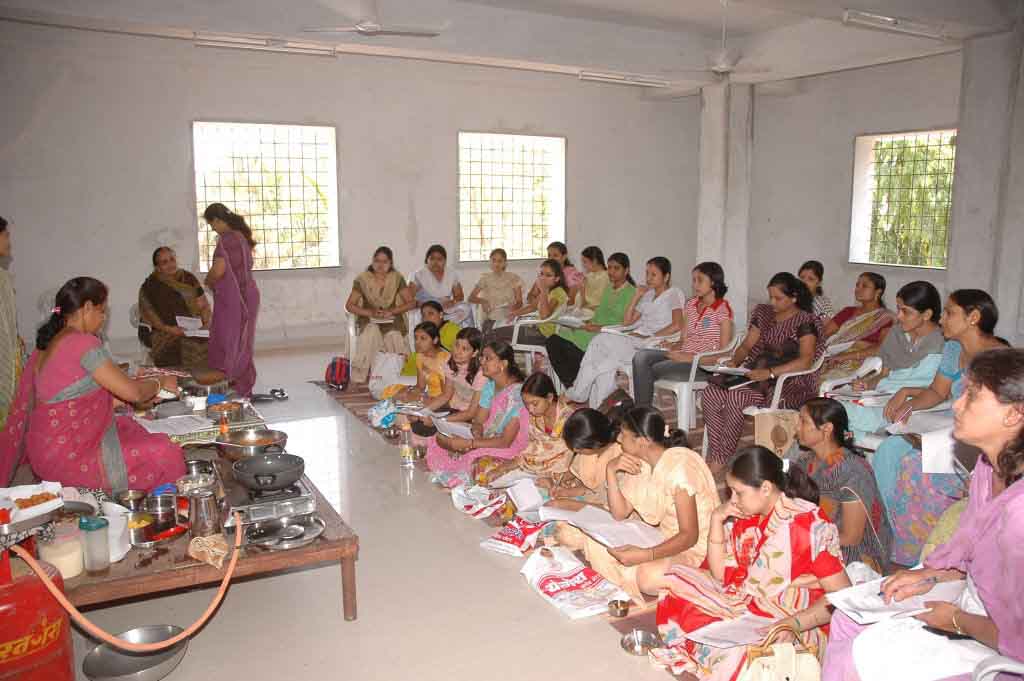

Although the development of renewable energy sources is increasing, energy from fossil fuels is still a significant part of energy production worldwide. This is associated with the release of large amounts of carbon emissions. The use of solar energy is a good way to provide people around the world with renewable energy and reduce greenhouse gas emissions. Solar installations, implemented through solar projects, convert sunlight into electricity (photovoltaic) or heat (solar thermal). Even when the sky is cloudy, the solar thermal power plants generate heat and convert it into electricity. Photovoltaic projects use the photoelectric effect to convert sunlight into electricity.
The energy produced is typically fed into the national or regional power grid, reducing the share of fossil fuels in the electricity mix. In addition to reducing carbon emissions, solar projects also prevent the release of various pollutants associated with conventional power generation. Solar energy projects in the ClimatePartner portfolio are registered with international standards.
Explore our projects
Biochar for Climate Action, Healthy Soils, and Better Harvests
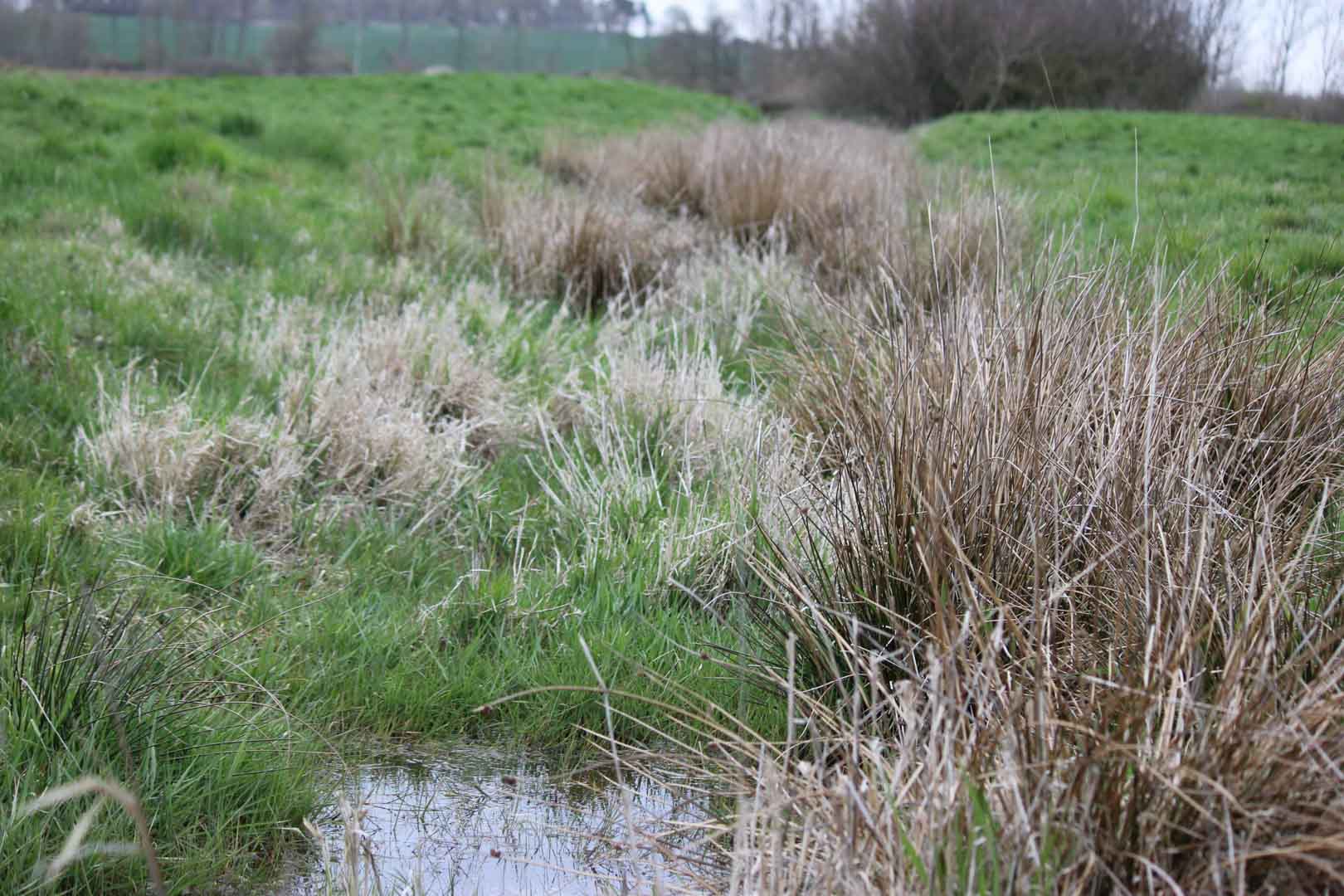
A certified climate project combined with additional commitment

Expansion of renewable energy generation in Asia
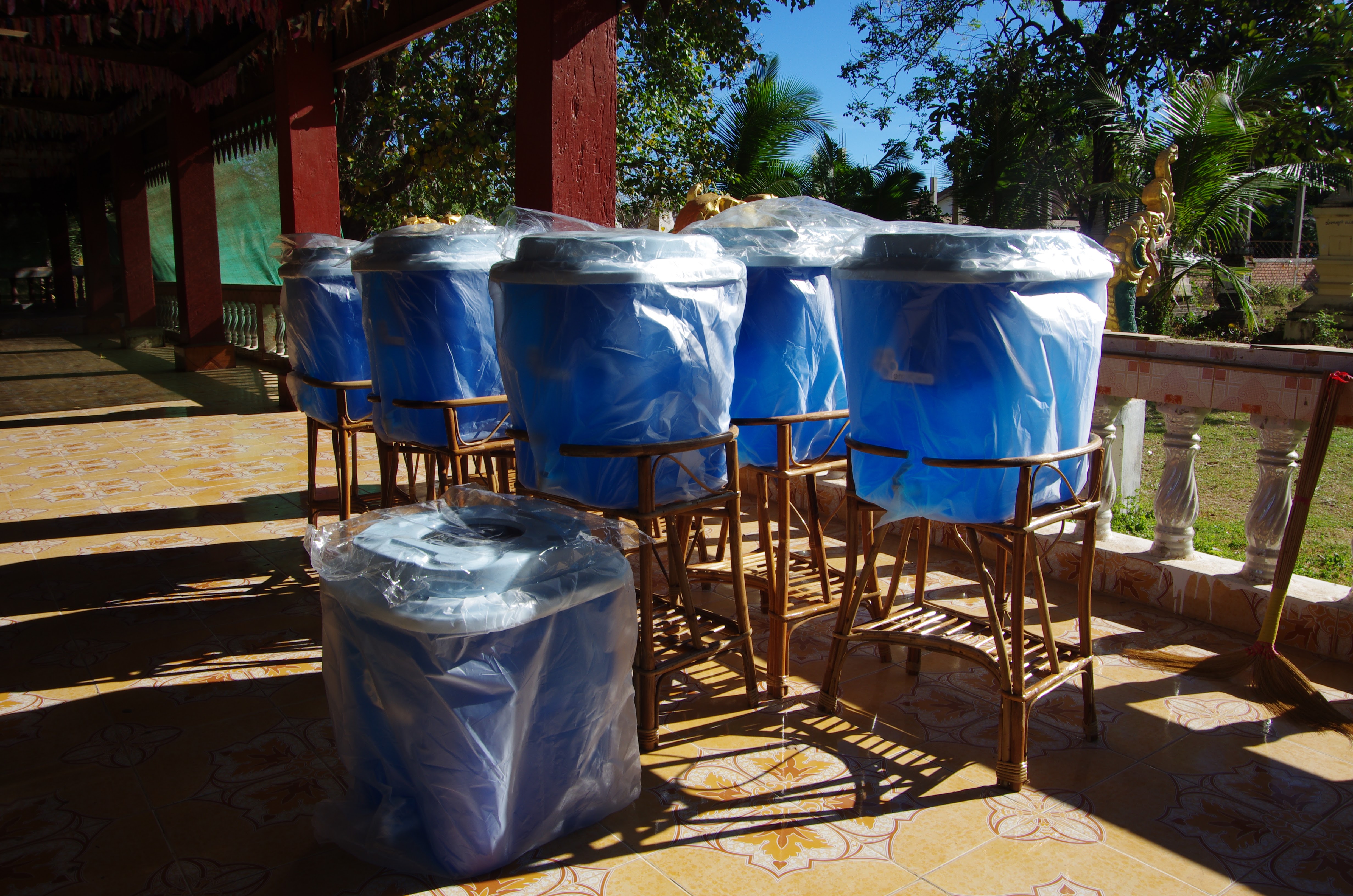
Ceramic water filters save CO2 and improve health

Improved cookstoves worldwide – for better health and cleaner air

A certified climate project combined with additional commitment
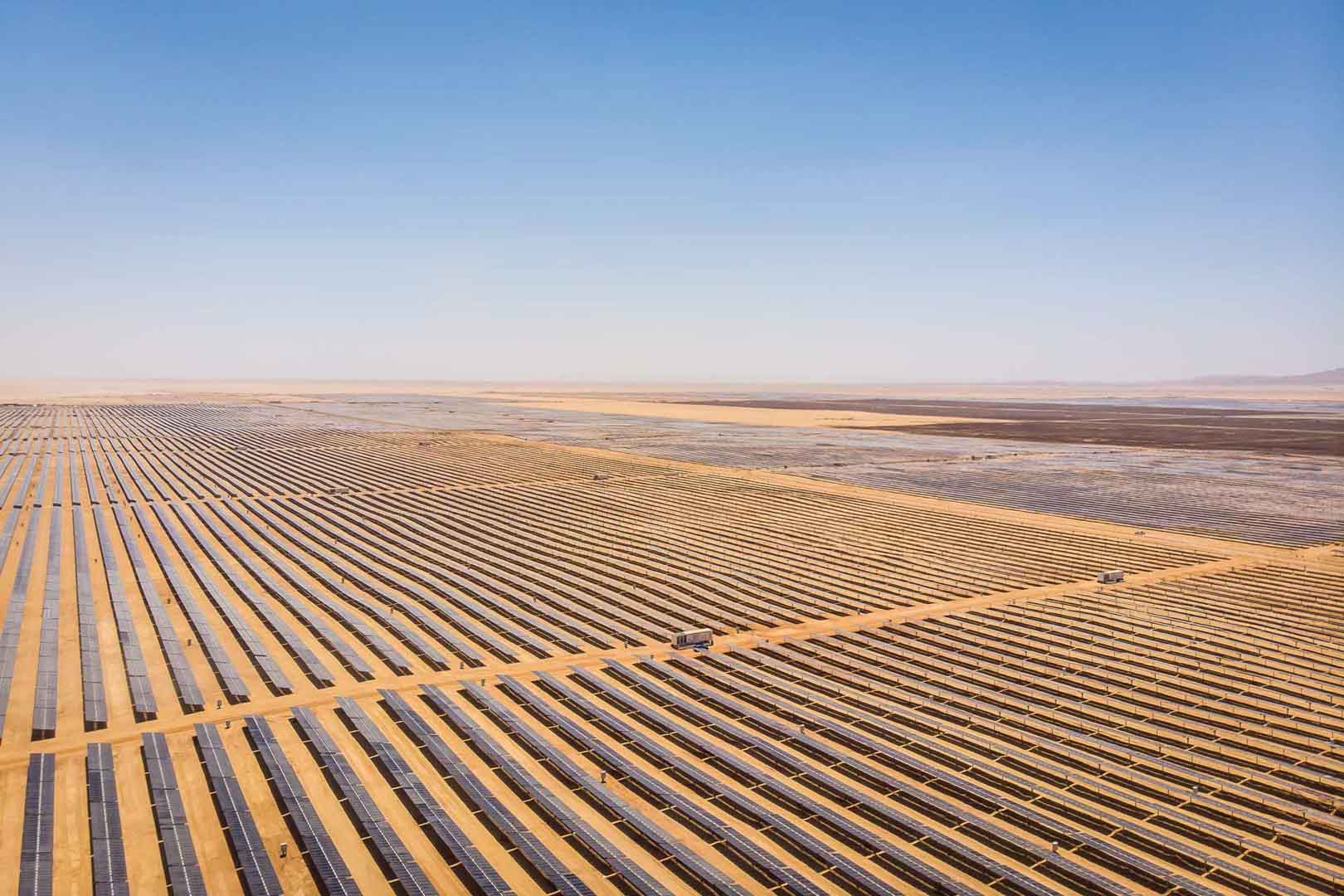
Powering access to renewable energy in Africa

A certified climate project combined with additional commitment

Restored ecosystems remove carbon
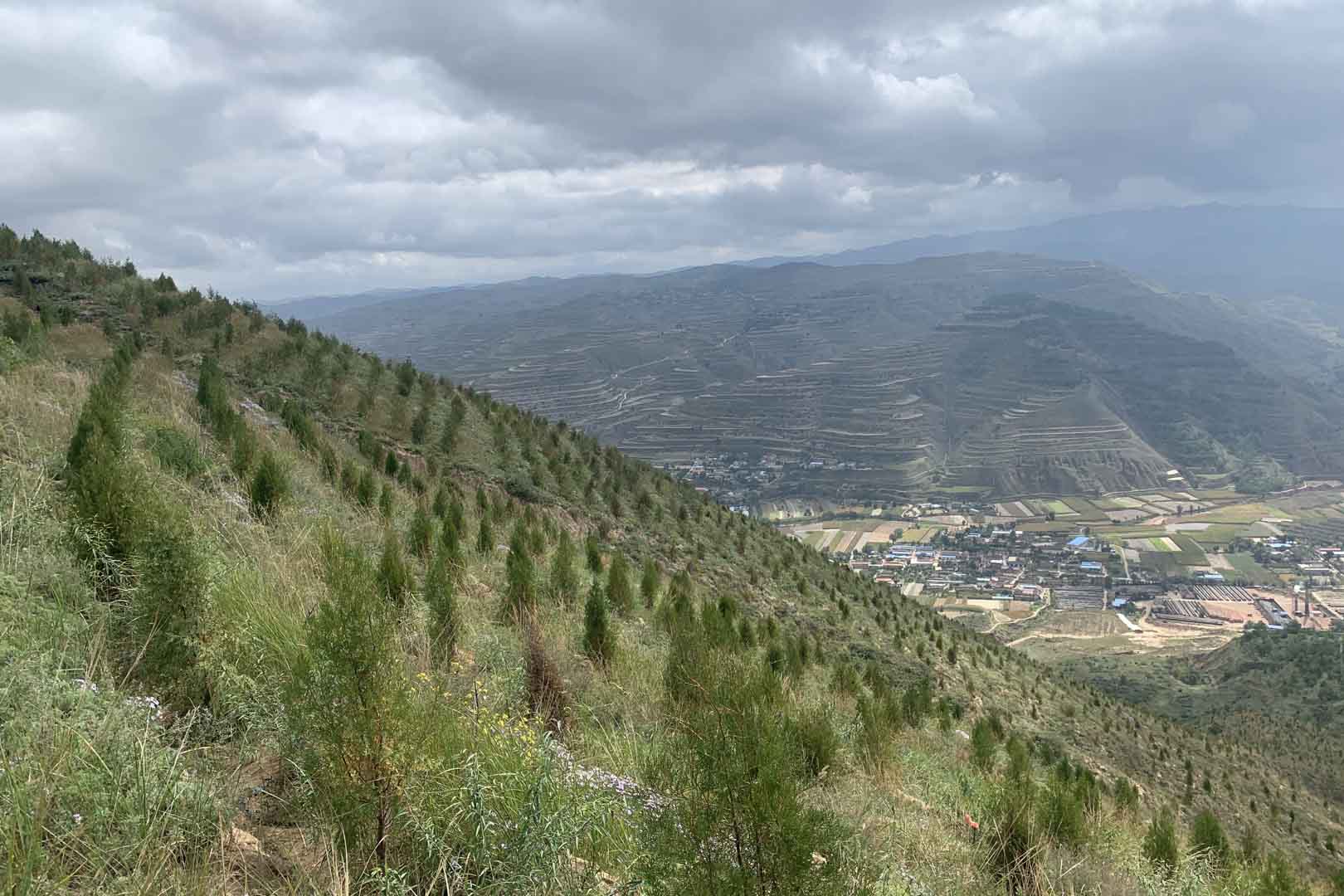
Turning degraded farmlands into healthy ecosystems

Improved cookstoves - better for health and the environment